Hess Cognitive Rigor Matrix (Social Studies)

Applying Webb’s Depth-of-Knowledge Levels to Bloom’s Cognitive Process Dimensions in Social Studies
Hess Cognitive Rigor Matrix (Writing/Speaking)

Applying Webb’s Depth-of-Knowledge Levels to Bloom’s Cognitive Process Dimensions in Writing/Speaking
Hess Cognitive Rigor Matrix (Math/Science)
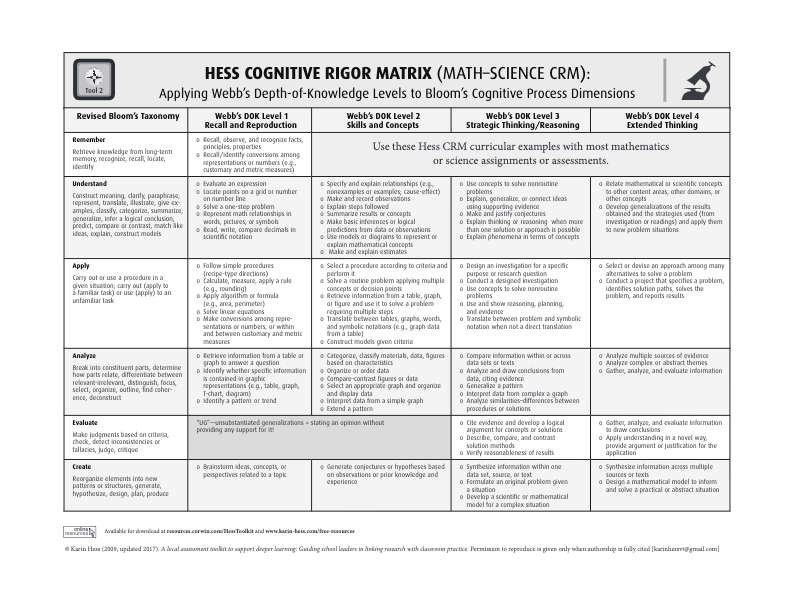
Applying Webb’s Depth-of-Knowledge Levels to Bloom’s Cognitive Process Dimensions in Math and Science
Hess Cognitive Rigor Matrix (Reading)
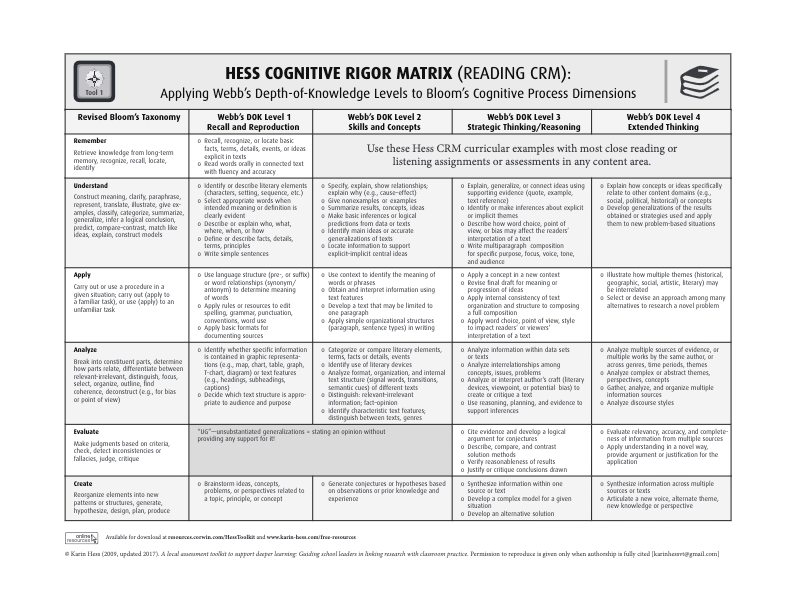
Applying Webb’s Depth-of-Knowledge Levels to Bloom’s Cognitive Process Dimensions in Reading
What’s It Really About Carousel
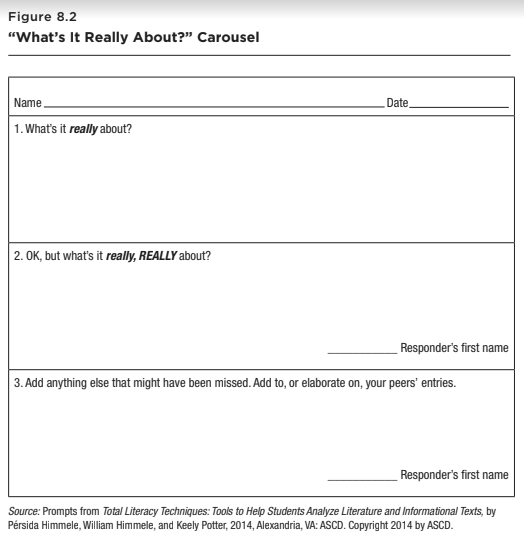
“What’s It Really About?” Carousel What It Is This activity is similar to the Debate Team Carousel except that it has only three rounds. It works well when students need to analyze content that is rich with themes, implications, inferences, and deeper purposes. How It Works Ask students to respond to the first box by trying to […]
1, 2, 3 O’Clock
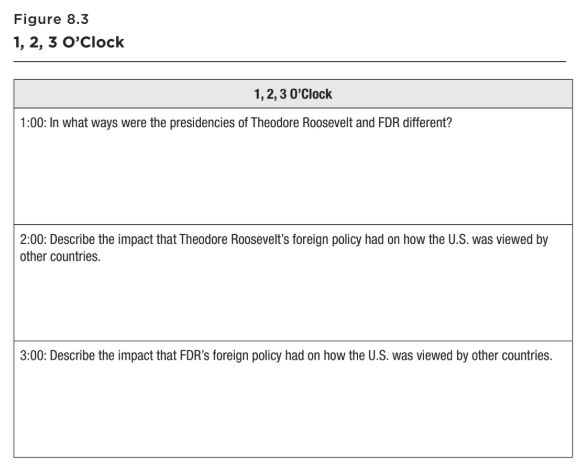
This wrap-up technique allows you to quickly review three important questions by having students respond to and discuss them with a designated classmate. It can be modified to include more or fewer questions, depending on the amount of time you have.
IQ Cards (Insight & Question)
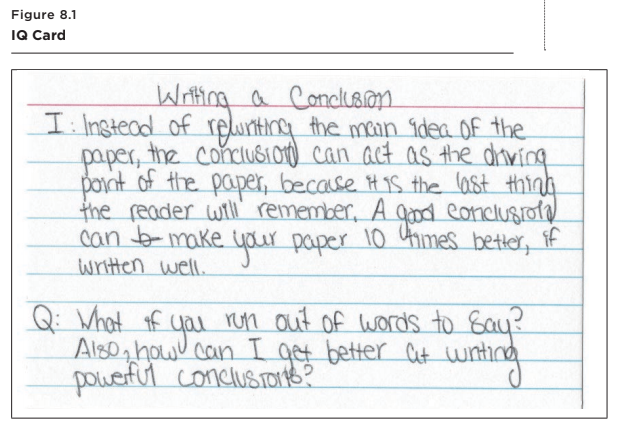
IQ Cards allow all students to share two things: an insight (I) and a question (Q). They also allow all students to read one another’s insights and questions in a collaborative final step. These work well wtih difficult-to-test concepts that are measured by bigger-picture understandings. Examples might include historical conflicts and inequities, human responsibility, climate change, conservation, and controversial readings.
Debate Team Carousel
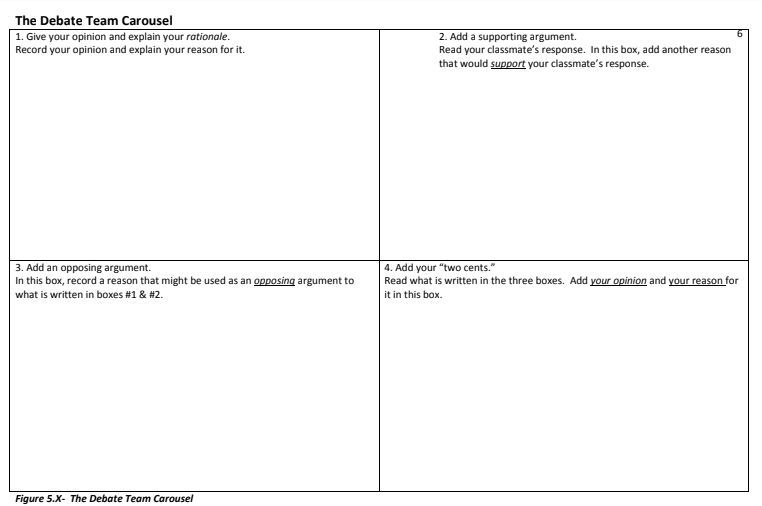
Debate Team Carousel is an activity in which students debate a position from various angles as prompted on a template. It allows students to see various aspects of an issue and consider what the opposing and supporting arguments for a certain position might be.
Pause, Star, Rank

This activity allows students to review their notes while the concepts are
still fresh in their minds. They can clarify what they wrote while they still remem-
ber why they wrote it. They also can encode their notes with stars to indicate the most important concepts, and then numbers indicating the ranking of the three most important points.
The Ripple
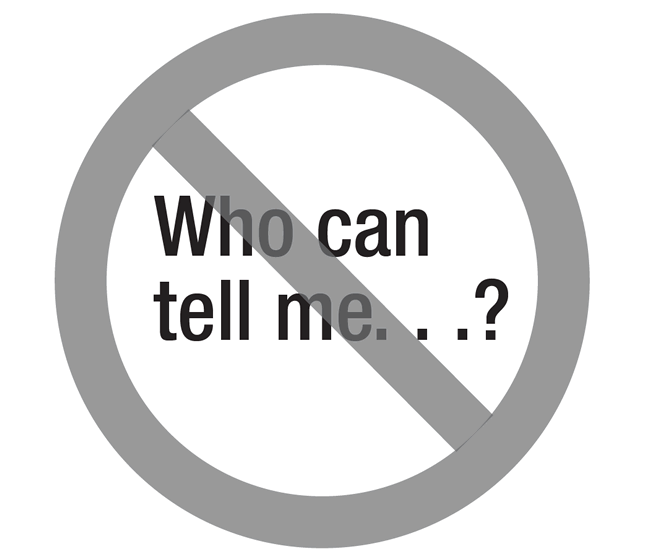
In the traditional question-and-answer approach, a teacher poses a question to the class as a whole and a small handful of eager students respond while everyone else remain disengaged. In this “beach ball scenario”, the teacher doesn’t get an accurate assessment of what the others are thinking or what they have learned until it is too late. Calling on an individual student should be a teacher’s last resort when it comes to classroom discussion.
Bounce Cards
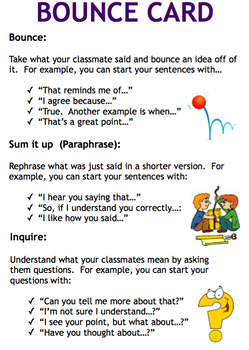
Bounce cards are a way to help students who struggle to get academic conversations started. They give students, especially those who are more reserved, something to say.
Appointment Agendas
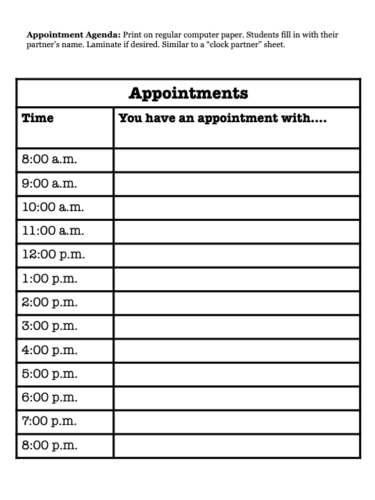
This is a fun way to get students out of their seats and interacting with others throughout the classroom. Students create appointments with peers by writing each other’s names in a specific time slot. When the teacher selects a time, students meet up with the person indicated on their appointment schedule.
Networking Sessions
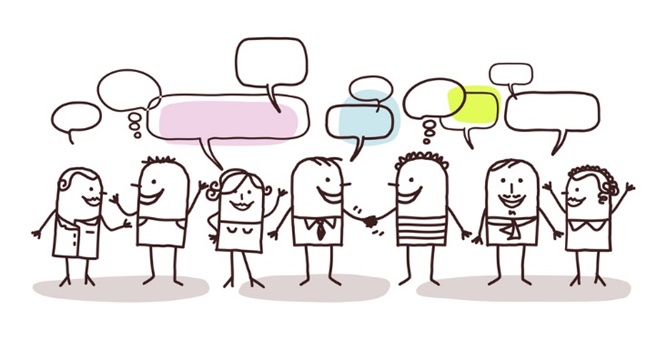
A Networking Session is a simple mix-it-up activity that allows students to talk to others they don’t usually talk to. It can be pre-planned or implemented on-the-spot.
Hold-Ups
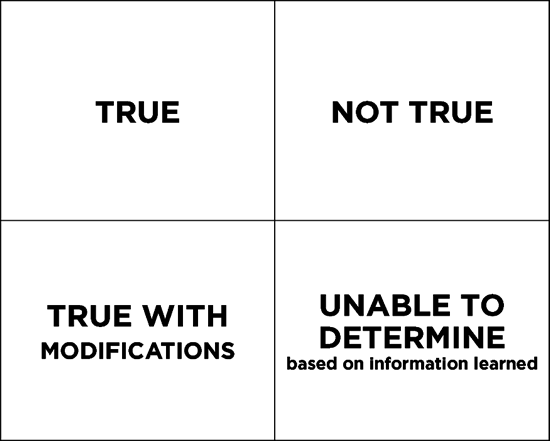
Hold-Ups are interaction-based activities that use response cards. In these activities, students interactively reflect on a prompt and hold up a card, paper, or whiteboard in response. The most essential component to the Hold-Up is the interaction.
Ranking

Ranking is an activity that requires your students to analyze components of the concepts that you are teaching and then justify their reasons for assigning rankings. It can be done on the spot, or it can be carefully planned to allow for more thorough analysis.
Similes
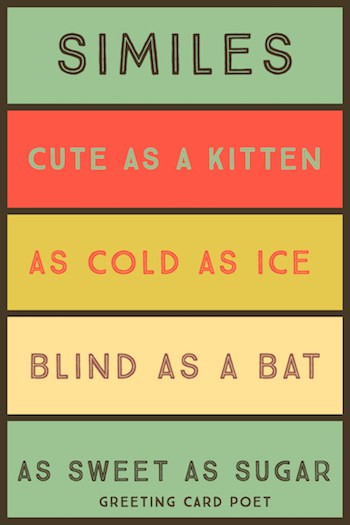
Similes compare two unrelated things. For example, a simile using the topic of TPTs might be “TPTs are like safety nets in that they protect students from falling through the cracks.” Similes can provide opportunities for abstractly portraying the big picture of concepts in a way that sums up their meaning.
Quick-Draw Gallery Walk

Quick-Draws are opportunities for students to demonstrate their understanding of an abstract term or concept by representing it in a drawing. This can be used with any age group and in any content area, not only for
Stand Up – Hand Up – Pair Up

Students stand up, put their hands up, and quickly find a partner with whom to share or discuss.
Timed Pair Share
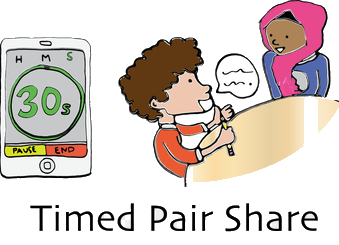
In pairs, students share with a partner for a predetermined time while their partner listens. Then partners switch roles.
Three-Step Interview
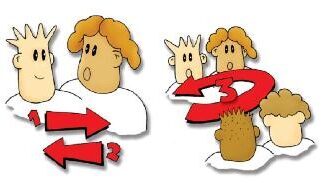
Students interview their partner and then each share with teammates what they learned.
